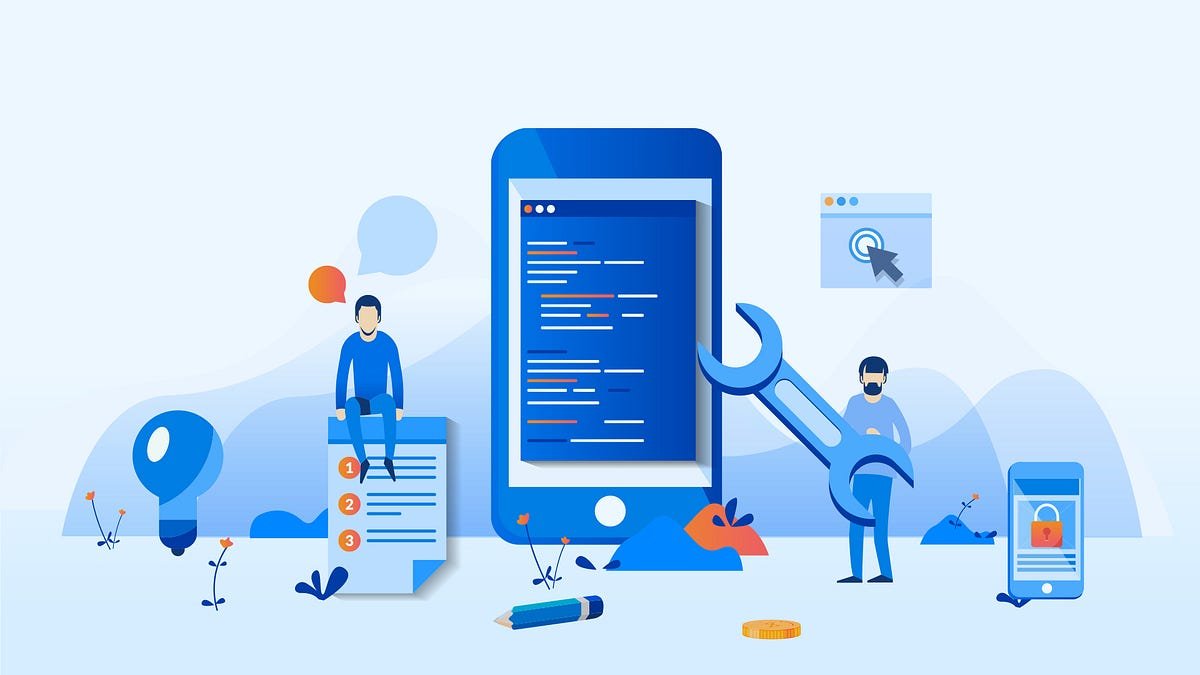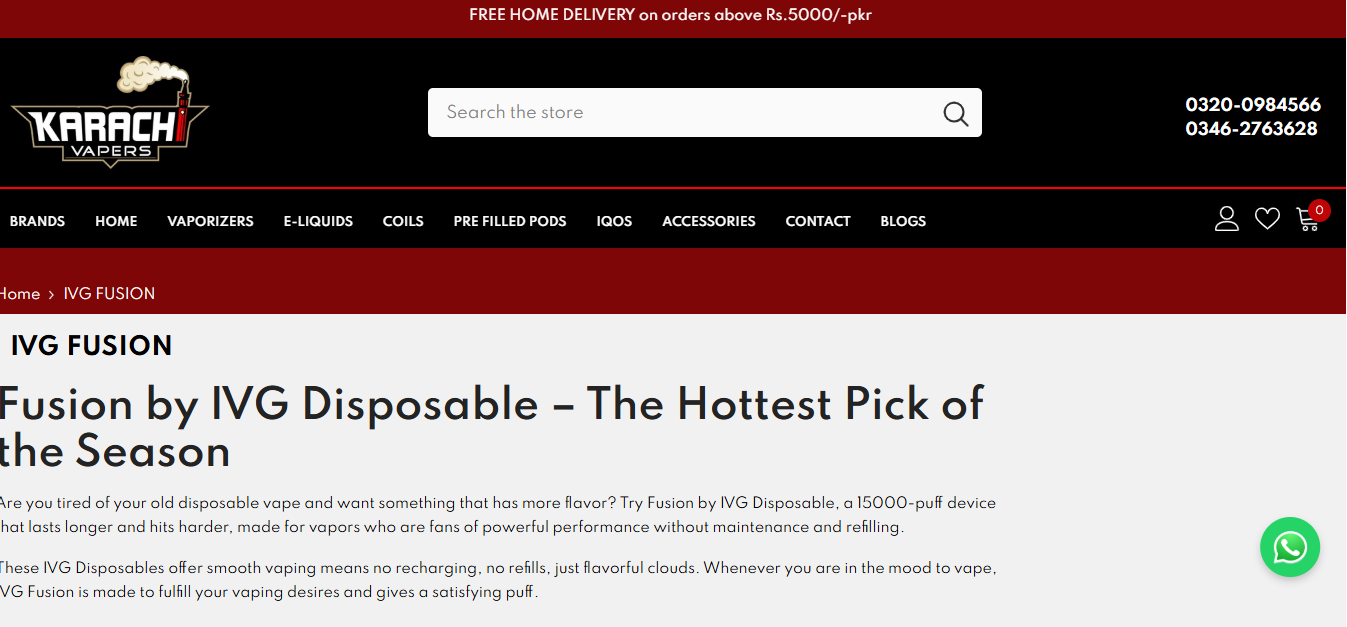On-demand mobile applications are transforming how we shop, place food orders, book services, and even travel in the current digital era. On-demand app development solutions are being adopted by companies in many industries to satisfy consumer demands for speed, convenience, and customized experiences. For businesses aiming to improve their services and obtain a competitive edge, these solutions provide innumerable advantages, ranging from enhanced client interaction to streamlined processes. The advantages of on-demand app creation, the key features that drive their success, and the best techniques for creating an app that suits your particular business requirements will all be covered in this tutorial.
Why on-demand app development solutions?
Users may access the goods and services they require at the exact moment they need them thanks to on-demand smartphone apps. These applications are essential resources for companies looking to meet the demands and expectations of their clientele, as the global market for on-demand services is growing quickly. On-demand mobile app development services are worthwhile for the following reasons:
- Enhanced Customer Convenience: On-demand apps offer users access to goods and services on their schedule, providing a seamless and personalized experience.
- Expanded Market Reach: An on-demand mobile app allows you to reach a broader audience, connecting with users who prefer ordering or scheduling services online.
- Data-Driven Insights: Businesses can make data-driven decisions by using an on-demand app to acquire useful information about client behavior, preferences, and periods of high demand.
- Streamlined Operations: On-demand apps allow businesses to automate tasks, track orders in real-time, and manage resources efficiently.
- Competitive Advantage: By meeting the modern consumer’s demand for instant access and seamless service, on-demand apps provide a significant edge over competitors.
Key Industries Leveraging On-Demand Mobile App Development Solutions
Various industries are experiencing transformational growth through on-demand app development. Here’s a look at how some sectors benefit:
- Food Delivery: On-demand food delivery apps allow customers to order meals from their favorite restaurants with ease. These apps provide tracking, delivery time estimates, and contactless payment options.
- Grocery Delivery: With an on-demand grocery app, customers can shop for groceries online and have them delivered to their doorstep, making it convenient for busy individuals.
- Healthcare and Telemedicine: On-demand healthcare apps connect patients to medical professionals for virtual consultations, medication delivery, and remote health monitoring.
- Transportation and ride-sharing: Companies like Uber and Lyft have revolutionized transportation by allowing users to book rides on demand, enhancing convenience and safety.
- Beauty and Wellness Services: On-demand apps for beauty services enable customers to book haircuts, massages, and other treatments at home, meeting the demand for convenient service.
- Logistics and Courier Services: On-demand logistics apps streamline package delivery by providing real-time tracking, driver assignment, and route optimization, making it efficient for both B2B and B2C services.
Key Features for Successful On-Demand Mobile Apps
Creating an on-demand app that provides value to customers and stands out in the marketplace requires essential features. Here are some of the key features to consider:
1. User-Friendly Interface (UI)
An interface that is easy to use and intuitive is essential for user engagement. The app’s user-friendly layout, fast navigation, and distinct service categories make it accessible and entertaining for users.
2. Easy Registration and Login
Simplify the onboarding process by enabling users to register or log in with their phone numbers, email addresses, or social media identities.
3. Real-Time Tracking
Real-time GPS tracking allows consumers to track the status of their orders or services, which is convenient and transparent for apps that deal with delivery, transportation, or logistics.
4. Secure Payment Gateway Integration
Customers can enjoy flexibility and simplicity at checkout with an integrated payment system that accepts a variety of payment options, including digital wallets, cash on delivery, and credit/debit cards.
5. Push Notifications
Push notifications boost user engagement and app retention rates by informing users about discounts, new features, order changes, and other important details.
6. Ratings and Reviews
By enabling customers to rate and review services, businesses can keep an eye on customer feedback and make necessary adjustments, which builds confidence and improves service quality.
7. Admin Dashboard
Businesses need a strong admin panel in order to measure revenue, manage orders, keep an eye on drivers, and analyze user behavior, all of which facilitate efficient management and decision-making.
8. In-App Chat and Support
Users can speak with customer service representatives or support directly using an in-app chat option, which speeds up problem solving and guarantees user pleasure.
9. Order History and Repeat Ordering
Make it simple for customers to place repeat orders by enabling them to check their order history and place new orders with just a single click.
10. Scheduling and Time Flexibility
Offering users the ability to choose particular delivery or service hours enhances flexibility and convenience, as many on-demand services necessitate scheduling.
The Process of Developing an On-Demand Mobile App
Creating a successful on-demand app requires a structured approach. Here’s a general overview of the development process:
1. Research and Ideation
Understand your target market, market trends, and competitive environment first. Your app’s features and functionality will be shaped by determining your unique value proposition (UVP) and identifying client key areas.
2. Choose the Right Technology Stack
Selecting a technology stack that supports scalability, security, and performance is critical. Here are some popular options:
- Frontend: React Native, Flutter, or Swift for iOS and Kotlin for Android.
- Backend: Node.js, Django, or Ruby on Rails.
- Database: MySQL, MongoDB, or PostgreSQL.
- Real-Time Tracking: Google Maps API, Mapbox, or OpenStreetMap.
- Push Notifications: Firebase Cloud Messaging (FCM) for Android and Apple Push Notification Service (APNS) for iOS.
3. Design UI/UX
A pleasant user experience requires a design that is easy to use and has clear visuals. To improve engagement and retention, concentrate on a straightforward layout, clear navigation, and consistent branding.
4. Develop and Integrate Core Features
Construct the front end and back end while incorporating necessary functionalities like push alerts, secure payment gateways, and real-time tracking. Make sure your app satisfies the requirements of your administrative staff, service suppliers, and consumers.
5. Test for Performance and Usability
Thorough testing is necessary to guarantee a smooth user experience. Before launching, do security, usability, and performance tests to find errors and improve functionality.
6. Launch and Gather Feedback
Install the app on the appropriate iOS and Android app stores, then begin collecting user reviews. You can find places for improvement by keeping an eye on customer behavior and feedback.
7. Continuous Improvement and Updates
To handle any technical problems, security upgrades, and requests for additional features, post-launch assistance is essential. Keeping your app updated on a regular basis keeps you competitive and helps sustain user engagement.
Best Practices for Successful On-Demand App Development
To create a high-quality on-demand mobile app, follow these best practices:
- Focus on Scalability: Ensure your app can handle growth in users, features, and locations as demand increases.
- Prioritize Data Security: With users sharing personal and financial information, it’s crucial to implement robust security measures to protect data and privacy.
- Optimize Performance: Long load times and app crashes can lead to poor user experiences. Optimizing code and reducing redundant elements help maintain smooth performance.
- Enhance User Engagement: Personalized push notifications, reward programs, and feedback options increase engagement and retention.
- Collect and Use Feedback: User feedback is valuable for making informed improvements. Regularly monitor reviews, conduct surveys, and implement features that cater to user needs.
The Future of On-Demand Mobile App Development Solutions
As technology advances, on-demand apps also change, and keeping abreast of new developments can help your app stand out from the competition. The following developments will influence on-demand services in the future:
- Artificial Intelligence (AI): AI-powered features like predictive analysis, personalized recommendations, and chatbots enhance user engagement and operational efficiency.
- Automation and Robotics: Autonomous vehicles, robotic deliveries, and automated warehouses are becoming more and more popular because they provide quicker and more affordable delivery choices.
- Blockchain Technology: Blockchain can enhance data transparency and security, particularly in payment processing and user verification, which are critical for on-demand apps.
- Sustainable Practices: Apps are adding environmentally friendly features, such as carbon-neutral delivery alternatives and optimized routes to cut emissions, as sustainability becomes more and more important.
Conclusion
By giving consumers convenience and businesses the means to prosper in a cutthroat market, on-demand mobile app development solutions are revolutionizing entire industries. Regardless of the industry—food delivery, healthcare, transportation, or any other—a well-designed on-demand software may benefit both clients and companies. Businesses may develop an app that satisfies user expectations, encourages engagement, and grows with market demands by utilizing cutting-edge technologies and following best practices.











Leave a Reply